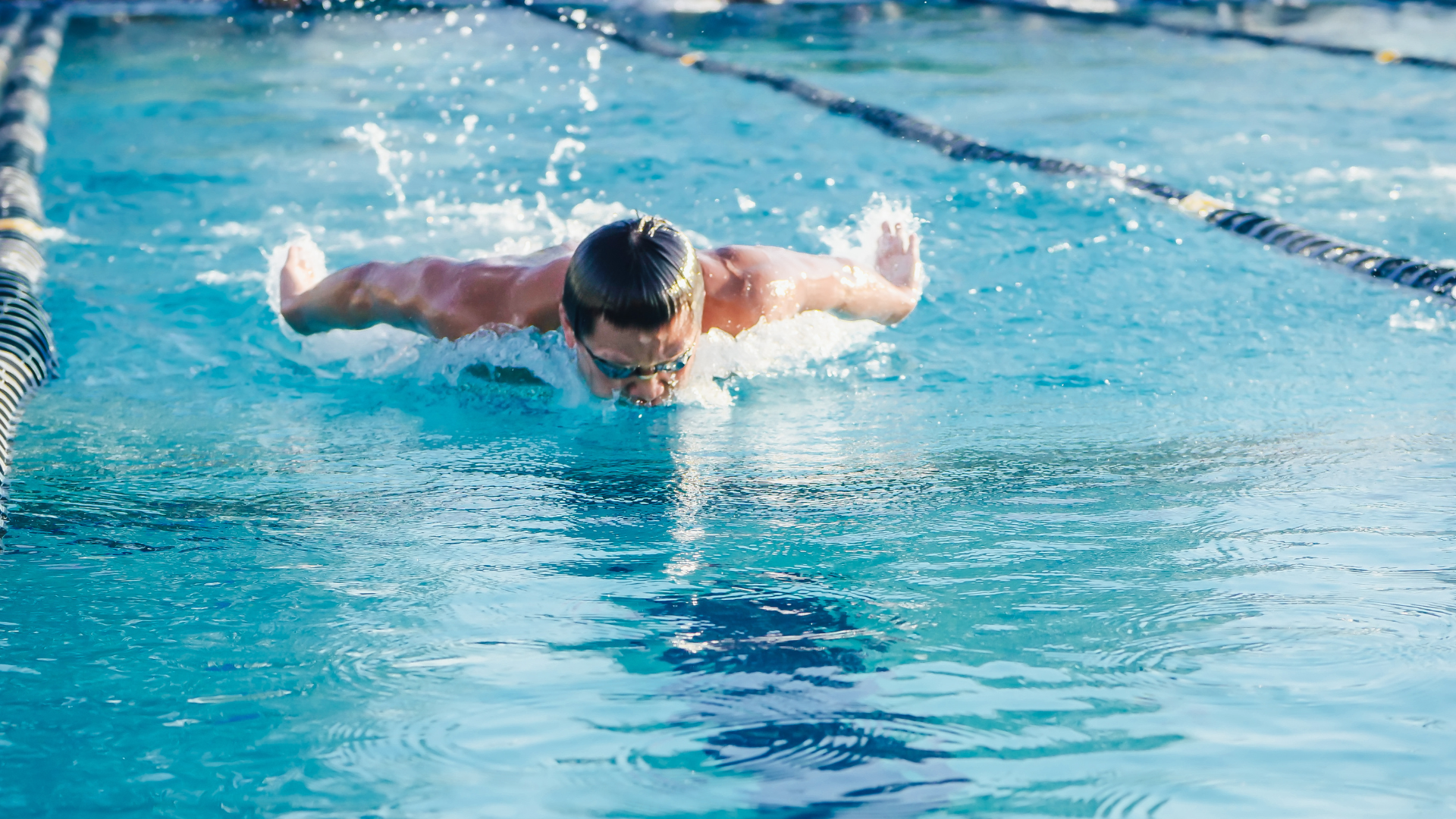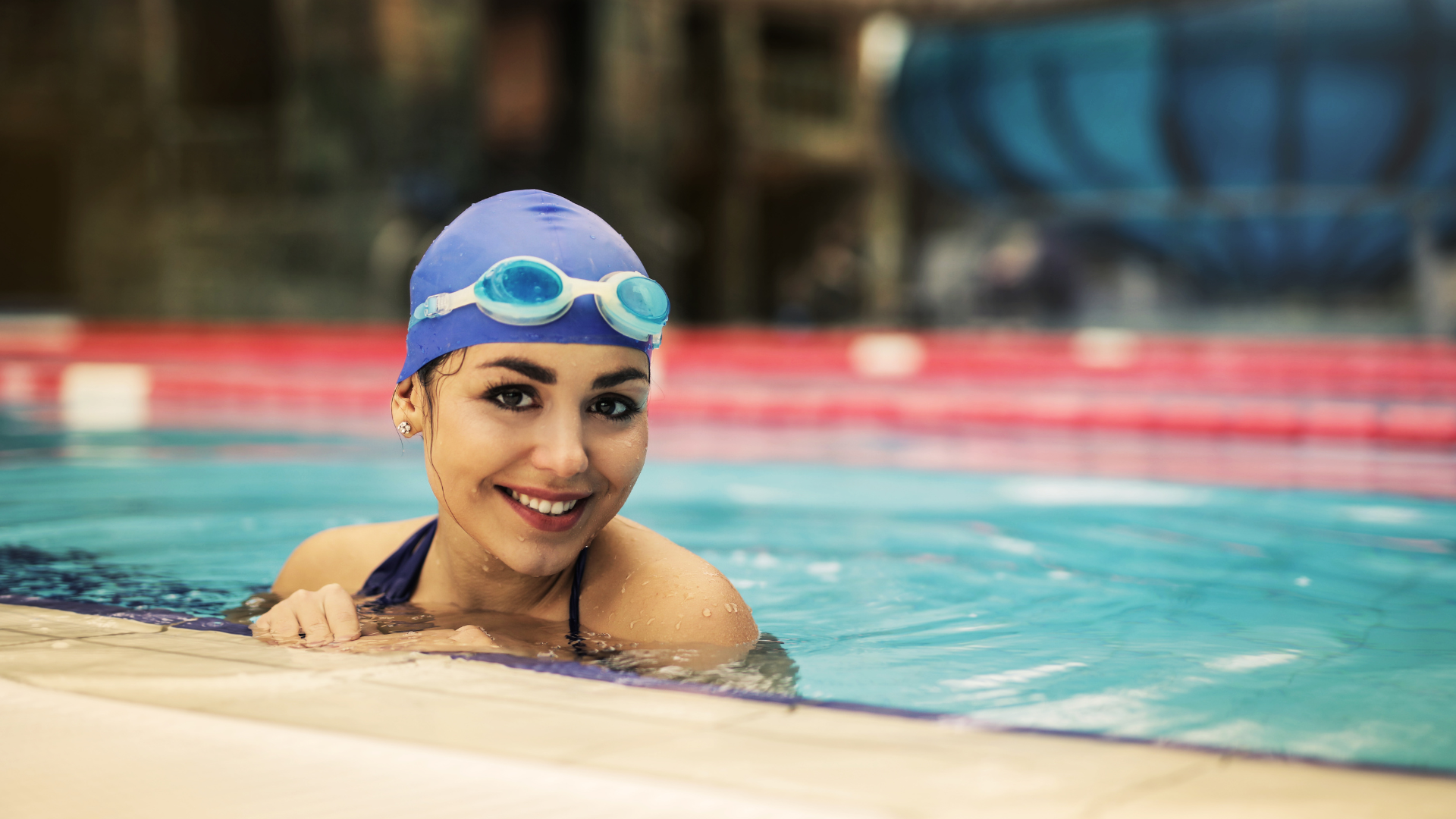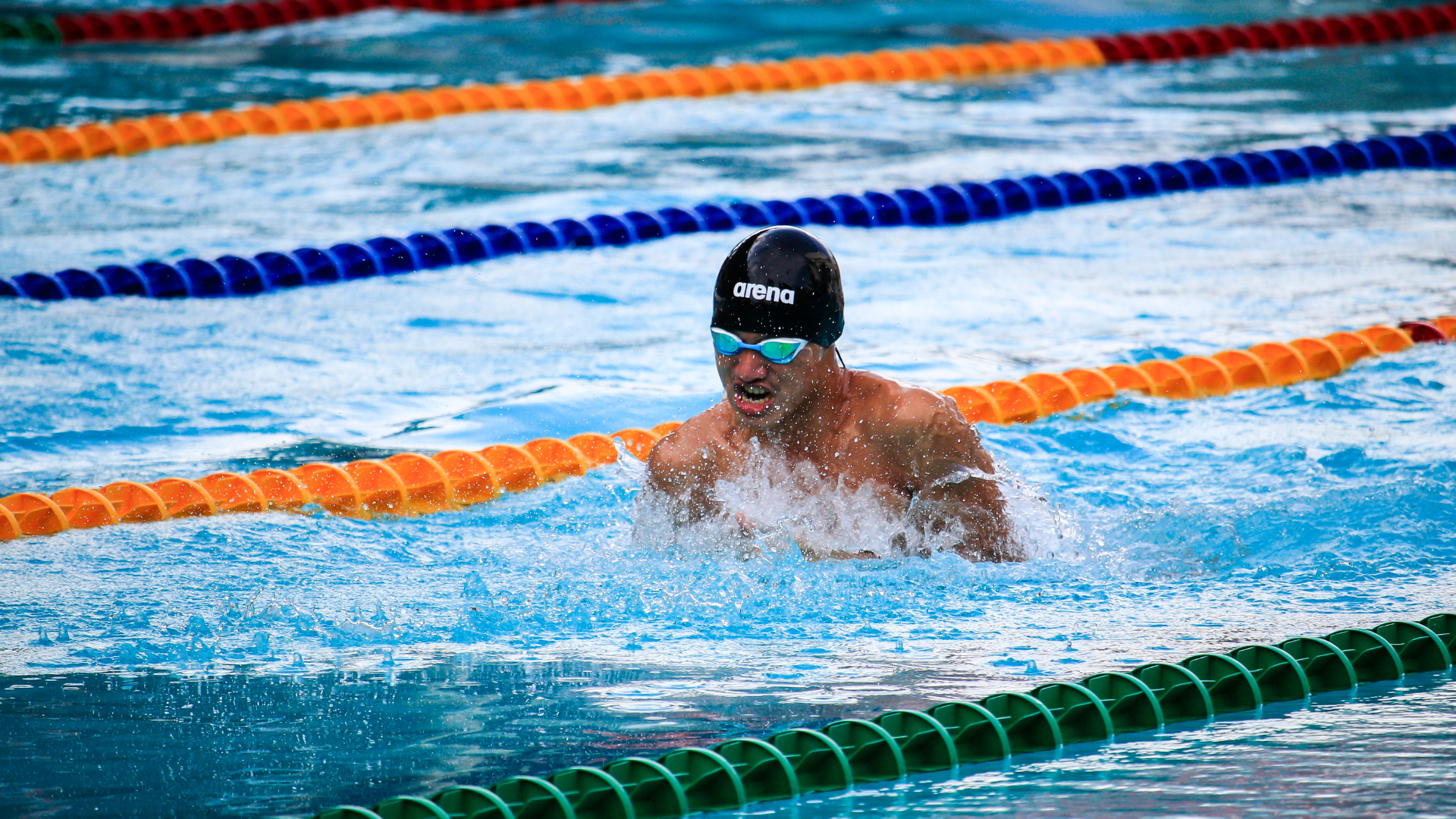Behind every pair of quality jammers lies a sophisticated manufacturing process that combines cutting-edge technology, meticulous craftsmanship, and carefully sourced materials. In this post, we will take you behind the scenes, delving into the modern manufacturing process that brings forth top-notch jammers. We will explore the fabric composition, material sources, and origins that contribute to the production of high-quality swimwear.
Fabric Composition
Quality jammers are typically crafted from a blend of high-performance materials that offer durability, comfort, and hydrodynamic benefits. The most common fabric composition for jammers includes:
- Polyester: Polyester is a versatile synthetic fiber known for its exceptional strength, shape retention, and resistance to chlorine and UV rays. It is a popular choice for swimwear due to its quick-drying properties, excellent colorfastness, and resistance to stretching.
- Spandex or Lycra: Spandex, also known as Lycra or elastane, is a stretchable synthetic fiber renowned for its exceptional elasticity and recovery properties. Adding spandex to the fabric composition of jammers enhances flexibility, allows for a snug fit, and promotes freedom of movement.
- PBT (Polybutylene Terephthalate): PBT is a specialized polyester fiber that offers excellent chlorine resistance, shape retention, and durability. Jammers made with PBT fibers have a long lifespan and maintain their color vibrancy even after repeated exposure to chlorine or saltwater.
Material Sources and Origins
The sourcing of materials for jammers involves careful consideration of quality, performance, and sustainability. Here are the typical sources and origins of materials used in the production of quality jammers:
- Polyester: The production of polyester involves the polymerization of raw materials derived from petrochemicals, such as ethylene and terephthalic acid. These raw materials are commonly sourced from petroleum or natural gas. Manufacturers often prioritize environmentally friendly processes, such as recycling post-consumer plastic bottles, to create polyester fibers.
- Spandex or Lycra: Spandex is synthesized from a polymer called polyurethane. The raw materials required for spandex production typically come from petroleum derivatives. As with polyester, sustainable practices, such as recycling and waste reduction, are increasingly employed in the production of spandex fibers.
- PBT: Polybutylene terephthalate (PBT) is a type of polyester that is derived from a reaction between butanediol and terephthalic acid. These raw materials can be obtained from various sources, including fossil fuels, renewable resources, or recycling processes.
Manufacturing Process
The manufacturing process of quality jammers involves several key steps:
- Fabric Knitting: The selected fibers, such as polyester and spandex, are knitted together using specialized knitting machines. This process creates a fabric with the desired stretch, recovery, and durability.
- Cutting and Sewing: Once the fabric is ready, patterns for the jammers are cut out using precision cutting machines. Skilled workers then assemble and sew the cut fabric pieces together, paying close attention to details such as reinforced seams and flatlock stitching for comfort and durability.
- Quality Control: The completed jammers undergo a rigorous quality control process to ensure that they meet the highest standards. This includes checking for proper fit, fabric integrity, stitching quality, and overall construction.
- Finishing Touches: The final stage involves adding essential features, such as a secure waistband, adjustable drawstrings, and brand logos or embellishments. Careful inspection is carried out to ensure that each pair of jammers is flawless and ready to be worn by swimmers.
Complex Process
The production of quality jammers is a complex process that combines advanced technology, skilled craftsmanship, and responsibly sourced materials. The fabric composition, including polyester, spandex, and PBT, provides durability, comfort, and hydrodynamic benefits. These materials are sourced from various origins, with increasing emphasis on sustainability and eco-friendly practices.
At Professional Swimwear, we take pride in our commitment to manufacturing high-quality jammers. Our meticulous attention to detail, selection of top-notch materials, and adherence to sustainable practices ensure that every pair of jammers meets the expectations of swimmers seeking optimal performance and comfort.
Dive into greatness with Professional Swimwear – your trusted partner in providing quality swimwear that enhances your swimming experience while respecting the environment.



